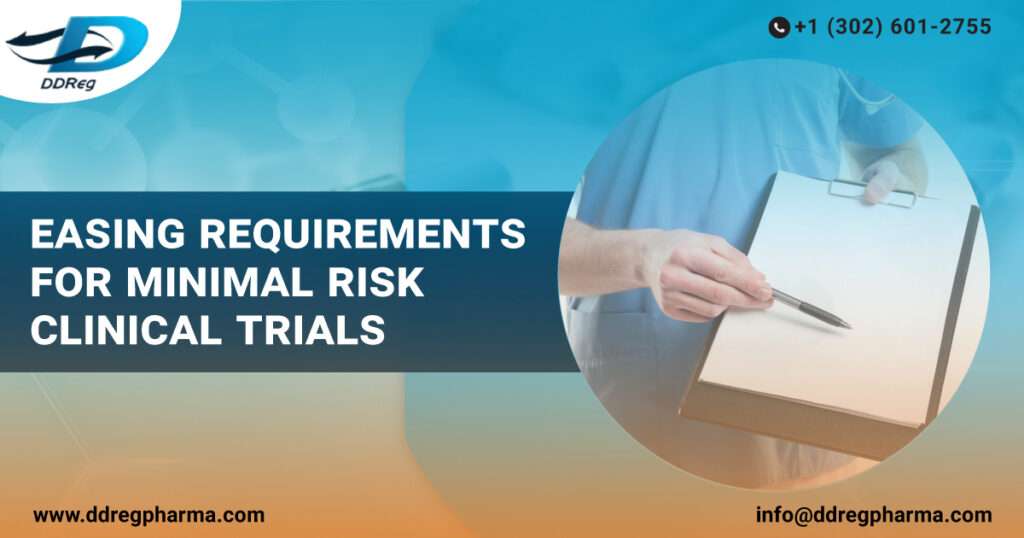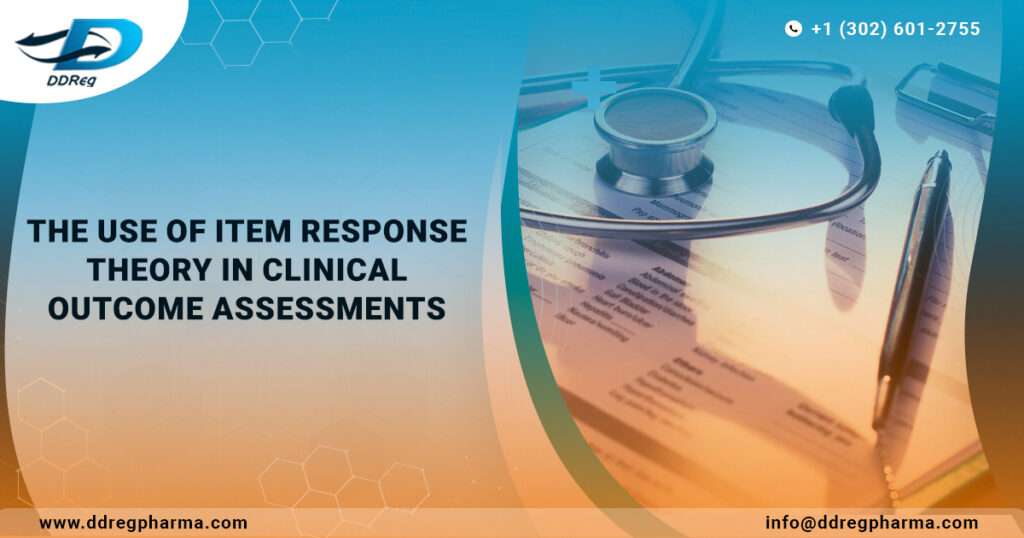Increasing Harmonization for Complex Generics
Regulatory agencies across the globe are increasing their efforts in advancing the development of complex generics to facilitate patient and/or consumer access to safe, efficacious, and high-quality generic medicines. The generic medicine industry is already associated with many challenges such as declining profit margins and pricing making it a less attractive industry for generic pharmaceutical […]
Increasing Harmonization for Complex Generics Read More »










